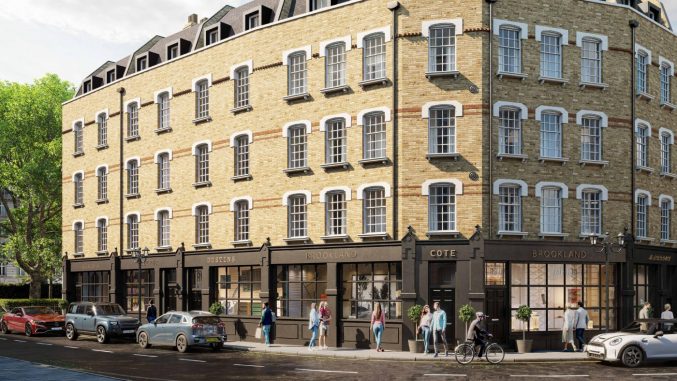No such thing as a free lunch
By Damien Druce

The bridging channel is in rude health. There are now many ways to apply short term lending fed by a professional intermediary base that understands what it can do for customers and a seemingly endless number of new lenders fronting for a growing variety of funders.
Healthy competition means increasingly good deals for customers and on the face of it everything in the garden is rosy. However, competition in a market already saturated with lenders trying to find a marketing edge, especially in an environment where rates have been pushed as low as I have ever seen them, becomes increasingly difficult.
Living as we do in the age of ‘cheapest is best’, many mainstream mortgage brokers tend to bring their preconceptions that rate must trump every other consideration to the bridging market. Unfortunately, this is where they can discover that all that glitters is definitely not gold.
In the bridging market, cheaper rates will of course be attractive. Those brokers brought up on sourcing systems in the residential mortgage market will gravitate towards those offering the lowest rates but, if you think about it, in a sector when the average term is a year or less, higher rates of interest don’t carry the same weight in terms of potential customer detriment.
So much of bridging is done in the development space and while value for money is important, developers regard funding as the cost of doing business and factor it into their project calculations.
By comparison, retail consumers and their mortgage brokers are likely to be more sensitised to how rates look, so there is likely to be more scrutiny of cost in line with the way residential first charge mortgages are examined.
But bridging is not a ‘one size fits all’ industry and the actual cost of finance is not perceived in the same way.
When brokers look at a bridging transaction, there is a major factor that makes it markedly different from a standard mortgage.
A bridging loan is, by its very nature, a temporary financial instrument and the principal priority for those seeking a bridging loan is immediacy.
Putting in place finance that funds a purchase or development quickly is first and foremost the goal. Rate is often a secondary consideration.
This is why I will continue to highlight the bad practice of headline rates from bridging lenders, for which few if any deals actually qualify in real life.
No law against it (yet), but it plays on the vulnerabilities of brokers who don’t transact a lot of bridging business, then find that their customers don’t meet the usually hidden criteria and end up paying a higher rate of interest from the same lender because they don’t have time to switch to another supplier.
It is time for the bridging community to stop playing games and offer rates that are linked to achievable criteria. The credibility of the sector is being undermined and brokers deserve better if we are going to properly embed short term finance as a mainstream borrowing source.

Damien Druce is the Commercial Director at Black & White Bridging. Damien has been involved in specialist lending for over fifteen years, he is passionate about intermediaries and the value they add for lenders. Damien is keen on transparency and driving standards so that borrowers get the best outcome every time.










You must be logged in to post a comment.